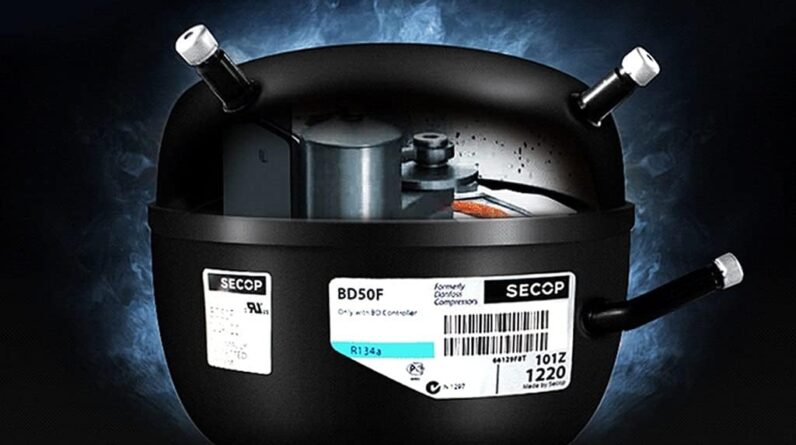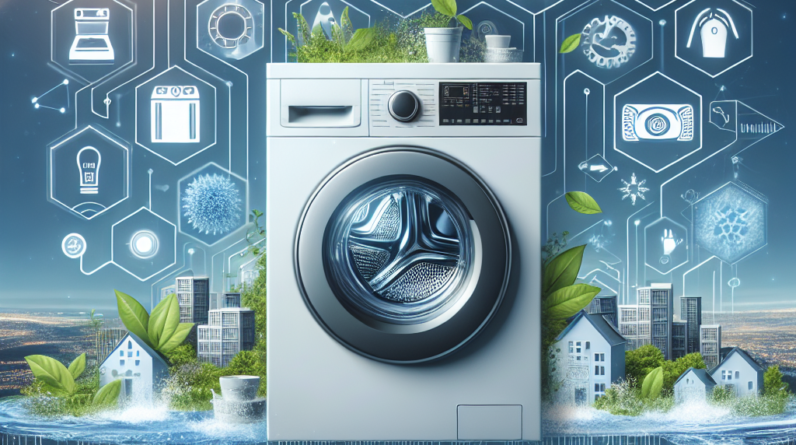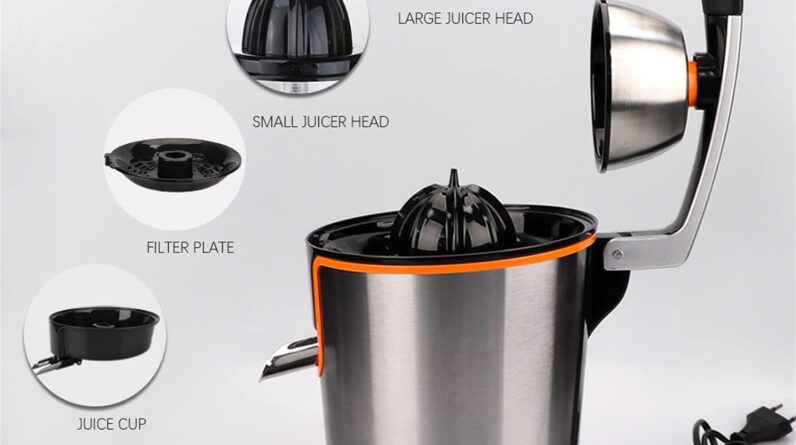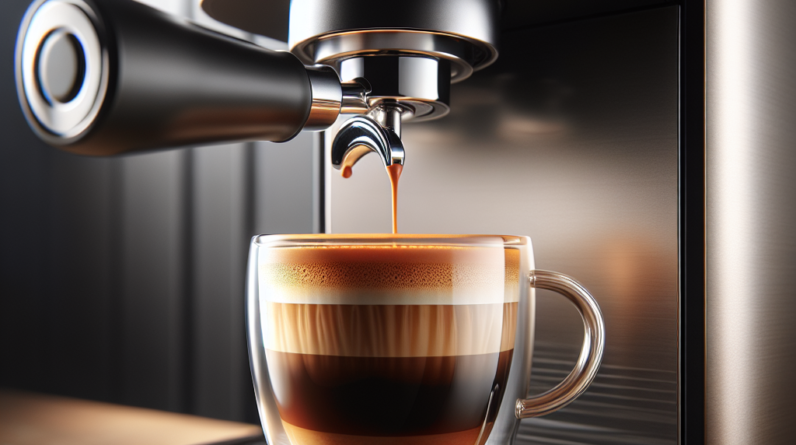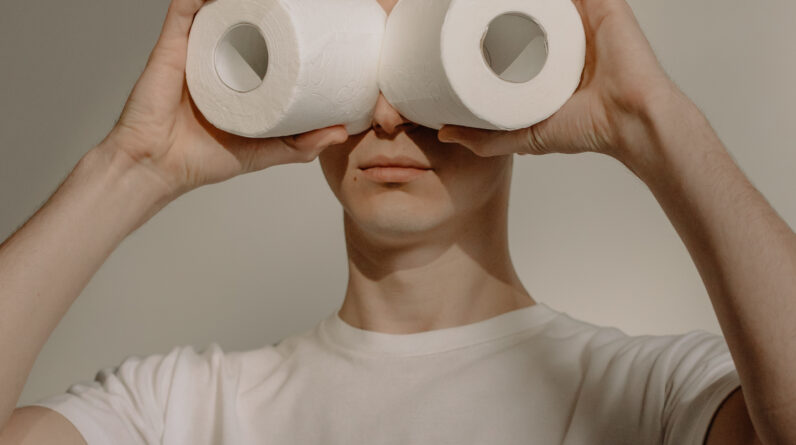
In today’s fast-paced world, our microwave has become an indispensable kitchen companion. From quick reheating to defrosting frozen food, we rely on this efficient appliance to make our lives easier. However, there’s one problem that can put a damper on our microwave bliss – overheating. Nobody wants their microwave to turn into a miniature volcano spewing heat. Luckily, there are simple steps you can take to ensure your microwave stays cool and efficient. So grab a snack, sit back, and let’s explore how you can prevent your microwave from overheating.

Regular Maintenance
Clean the Interior Regularly
To prevent your microwave from overheating, it’s important to keep the interior clean. Food particles and grease can build up over time, causing the microwave to work harder and potentially overheat. To clean the interior, simply use a damp cloth or sponge with a mild detergent. Wipe down the walls, ceiling, and bottom of the microwave, making sure to remove any stubborn stains or spots. Regularly cleaning the interior will help maintain the efficiency of your microwave and prevent overheating.
Keep the Ventilation System Clear
The ventilation system in your microwave is crucial for preventing overheating. It helps to dissipate heat produced during cooking, keeping the internal components cool. However, if the vents are blocked or obstructed, the heat cannot escape properly, leading to overheating. Make sure to regularly check the vents and ensure they are clear of any debris, such as food particles or dust. You can use a small brush or vacuum cleaner to gently remove any dirt or dust that may have accumulated. By keeping the ventilation system clear, you can prevent your microwave from overheating and prolong its lifespan.
Inspect and Replace Damaged Components
Over time, certain components of your microwave may get damaged or worn out, increasing the risk of overheating. It’s important to regularly inspect your microwave for any signs of damage, such as cracked or broken parts. Pay attention to the turntable, door seals, and control panel. If you notice any damage, it’s essential to replace the faulty components as soon as possible. Ignoring damaged parts can lead to inefficient functioning and overheating. Consult the manufacturer’s manual or contact a qualified technician to ensure proper replacement and prevent any potential overheating issues.
Optimal Placement
Leave Sufficient Space Around the Microwave
When it comes to preventing your microwave from overheating, the placement is vital. It’s crucial to leave sufficient space around the microwave to allow for proper airflow and ventilation. Placing your microwave in a tight, enclosed space can restrict the circulation of air, causing it to overheat. To avoid this, make sure there is at least a few inches of space on all sides of the microwave. This will allow for adequate heat dissipation and prevent overheating. Additionally, ensure that the area around the microwave is clear of any flammable materials or objects that could potentially catch fire due to the heat generated.
Avoid Enclosed Spaces
In addition to leaving sufficient space around your microwave, it’s equally important to avoid placing it in enclosed spaces. Cabinets, shelves, or built-in compartments may seem like convenient spots for your microwave, but they can trap heat and lead to overheating. Enclosed spaces can restrict airflow, causing heat to accumulate and potentially damage the microwave. It’s best to place your microwave on a countertop or in an open area where it has enough room to breathe and allow for proper ventilation. By avoiding enclosed spaces, you can significantly reduce the risk of your microwave overheating.
Ensure Proper Ventilation
Proper ventilation is crucial to prevent your microwave from overheating. When installing or placing your microwave, ensure that the ventilation vents on the back or sides are not blocked or covered. These vents release hot air generated during cooking, keeping the internal components cool. If the vents are obstructed, the heat cannot escape, leading to overheating. Avoid placing any objects, such as kitchen utensils or decorations, near the vents. This will allow for optimal airflow and help maintain a safe operating temperature for your microwave.

Appropriate Use
Avoid Running the Microwave Empty
Running your microwave empty may seem harmless, but it can actually lead to overheating. When there is no food or liquid to absorb the microwave radiation, the energy has nowhere to go. This can cause the microwave to become overworked, leading to overheating. To prevent this, always ensure that there is something in the microwave when operating it. Even a small cup of water or a microwave-safe plate can provide enough absorption to prevent overheating. By avoiding running the microwave empty, you can protect the internal components and prolong the lifespan of your appliance.
Use Microwave-Safe Containers
Using the right containers is essential to prevent overheating in your microwave. Always use microwave-safe containers that are designed to withstand the heat generated during cooking. Avoid using metal or foil containers, as they can cause sparks and potentially damage the microwave. Opt for microwave-safe glass or ceramic containers instead. Additionally, make sure the containers you use have vented lids or leave them slightly open to allow steam to escape. This will prevent pressure from building up inside the container and reduce the risk of overheating. Using the appropriate containers will not only keep your microwave safe but also ensure the quality and taste of your food.
Don’t Overcook or Overheat Food
Overcooking or reheating food for an extended period can put a strain on your microwave and result in overheating. When heating food, follow the recommended cooking times and power settings that are specified in the recipe or packaging. If you’re unsure, start with shorter cooking durations and increase if necessary. Additionally, avoid overheating food beyond its serving temperature. This not only risks overheating the microwave but can also negatively impact the taste and texture of the food. By using proper cooking times and not overloading the microwave, you can prevent overheating and enjoy perfectly cooked meals.
Monitor Power Levels
Adjust Power Levels when Necessary
Most microwaves come with various power levels to suit different cooking requirements. Adjusting the power level can help prevent overheating, especially when dealing with delicate or sensitive foods. Higher power levels generate more heat and can easily cause overheating. If you find that your food is cooking too quickly or the microwave is becoming excessively hot, consider reducing the power level. This will lower the amount of heat produced, giving your food more even and controlled cooking. By monitoring and adjusting the power levels when necessary, you can prevent overheating and ensure optimal cooking results.
Avoid Continuous High Power Usage
Using the microwave at high power settings for extended periods can increase the risk of overheating. Continuous high power usage puts excessive stress on the components and can cause them to become overheated. Whenever possible, avoid cooking or reheating food at maximum power for long durations. Instead, consider using lower power settings or utilizing the microwave’s timer to cook in shorter intervals. This will allow the microwave to cool down between heating cycles and reduce the chance of overheating. By avoiding continuous high power usage, you can protect your microwave and ensure its longevity.

Avoid Obstructing Airflow
Don’t Block the Vents
Blocked vents are a common cause of microwave overheating. The vents on the back or sides of the microwave release hot air generated during cooking, allowing for proper ventilation and cooling. If these vents are blocked or obstructed, the heat cannot escape, leading to overheating. To prevent this, make sure that there are no objects or obstructions in front of or near the vents. This includes items on top of the microwave, such as cookbooks or decorative items, that may restrict airflow. By keeping the vents free from obstruction, you can ensure proper airflow and prevent overheating.
Clear the Top of the Microwave
The top of your microwave should always remain clear and unobstructed. Many microwaves have vents on the top surface to release heat. Placing items on top of the microwave can block these vents and impede the airflow, causing overheating. Avoid using the top of the microwave as a storage space or displaying heavy objects. Additionally, ensure that there is enough clearance between the microwave and any objects or cabinets above it. This will allow for proper ventilation and prevent overheating. Keeping the top of the microwave clear is a simple yet effective way to maintain its performance and prevent potential overheating issues.
Avoid Overusing or Overloading
Allow Time for Cooling Between Uses
Using the microwave continuously without allowing it to cool down can lead to overheating. The internal components of the microwave need time to dissipate the heat generated during cooking. If you’ve prepared multiple dishes in rapid succession, it’s important to give the microwave a break and allow it to cool down between uses. Ideally, wait at least a few minutes before starting a new cooking or heating cycle. This will prevent excessive heat buildup and help maintain a safe operating temperature. By allowing your microwave to cool down between uses, you can prevent it from overheating and ensure optimal performance.
Avoid Excessive Back-to-Back Heating
Heating multiple items back to back in the microwave can overload its capacity and result in overheating. The microwave needs time to recover and cool down between heating cycles. If you’re planning to heat several items, try to stagger them or take breaks in between to allow the microwave to cool off. Overloading the microwave with too many dishes at once can cause it to work harder, generate excessive heat, and potentially overheat. By using proper timing and spacing out your heating sessions, you can prevent your microwave from overheating and enhance its longevity.
Check for Faulty Parts
Inspect the Power Cord and Plug
Regularly inspecting the power cord and plug is an essential part of preventing microwave overheating. Over time, the power cord may become frayed or damaged, increasing the risk of electrical issues and overheating. Make sure to check the entire length of the power cord for any signs of damage, such as cuts, exposed wires, or loose connections. Additionally, ensure that the plug is securely inserted into the electrical outlet. If you notice any issues, it’s crucial to replace the power cord or plug immediately. Operating a microwave with faulty electrical components can be dangerous and may lead to overheating or electrical accidents.
Test the Door Safety Interlock Switches
The door safety interlock switches are designed to ensure that the microwave only operates when the door is securely closed. These switches can wear out or become misaligned over time, resulting in a faulty connection. If the door safety interlock switches are not functioning correctly, it can lead to overheating as the microwave may continue to operate even if the door is open or not fully closed. To test the door safety interlock switches, follow the manufacturer’s instructions or consult a qualified technician. Ensuring that the switches are working properly is crucial for preventing overheating and maintaining the safety of your microwave.
Utilize Built-in Safeguards
Keep the Microwave’s Cooling Fan Clean
The cooling fan in your microwave plays a crucial role in preventing overheating. It helps to circulate air and keeps the internal components cool during operation. However, if the cooling fan becomes dirty or blocked, it may not function properly, leading to overheating. Regularly check the cooling fan for any dust or debris and clean it using a soft brush or compressed air. This will ensure that the fan operates efficiently, allowing for optimal cooling and preventing overheating. Keeping the cooling fan clean is a simple yet effective way to maintain the performance and longevity of your microwave.
Enable Auto Shut-Off Feature
Many microwaves come with an auto shut-off feature that automatically stops the cooking process at the end of the set time. This feature helps prevent overheating by ensuring that the microwave doesn’t continue operating unnecessarily. Make sure to enable the auto shut-off feature on your microwave and set the cooking time accordingly. This will provide an added layer of safety and prevent the microwave from overheating if you accidentally forget to stop the cooking process. By utilizing the built-in safeguards, you can minimize the risk of overheating and enjoy peace of mind while using your microwave.
Avoid Extreme Environments
Keep Away from Heat Sources
To prevent overheating, it’s important to keep your microwave away from direct heat sources. Placing the microwave near a stove, oven, or any other heat-producing appliance can expose it to excessive heat, causing it to overheat. Heat sources can interfere with the normal functioning of the microwave and increase the risk of electrical issues. To ensure optimal performance, always place your microwave in a location where it’s not directly exposed to heat sources. This will help maintain a safe operating temperature and prevent unnecessary overheating.
Protect from Excessive Moisture
Excessive moisture can also contribute to microwave overheating. The moisture in the air can condense on the internal components of the microwave, causing them to become wet. When the microwave operates under such conditions, the moisture can lead to electrical problems and potential overheating. To prevent this, avoid placing the microwave in areas with high humidity, such as near the sink or in a damp basement. If moisture buildup is a recurring issue in your kitchen, consider using a dehumidifier to keep the air dry. Protecting your microwave from excessive moisture will ensure its proper functioning and reduce the risk of overheating.
Seek Professional Assistance
Consult the Manufacturer
If you’re concerned about your microwave overheating or need specific maintenance advice, it’s always a good idea to consult the manufacturer. The manufacturer’s manual or website is a valuable resource for understanding the proper operation, maintenance, and troubleshooting of your microwave. They can provide you with detailed instructions and recommendations tailored to your specific model. Contacting the manufacturer directly allows you to address any concerns or questions you may have about preventing overheating and maintaining the performance of your microwave.
Contact a Qualified Technician
In some cases, preventing microwave overheating may require professional assistance. If you’ve tried all the troubleshooting steps and still experience overheating issues, it’s recommended to contact a qualified technician. They have the knowledge, experience, and tools necessary to diagnose and fix any underlying problems that may be causing the overheating. Trying to repair or disassemble the microwave yourself can be dangerous and may void the warranty. By seeking professional assistance, you can ensure that the issue is properly addressed and prevent any further damage or safety hazards.
By following these tips and adopting proper maintenance practices, you can prevent your microwave from overheating and ensure its reliable and safe operation. Regular cleaning, optimal placement, appropriate use, monitoring power levels, avoiding obstructing airflow, preventing overuse or overloading, checking for faulty parts, utilizing built-in safeguards, avoiding extreme environments, and seeking professional assistance when needed are all essential aspects of maintaining the performance and longevity of your microwave. Remember, a well-maintained microwave not only cooks your food efficiently but also keeps your kitchen safe and hassle-free.


